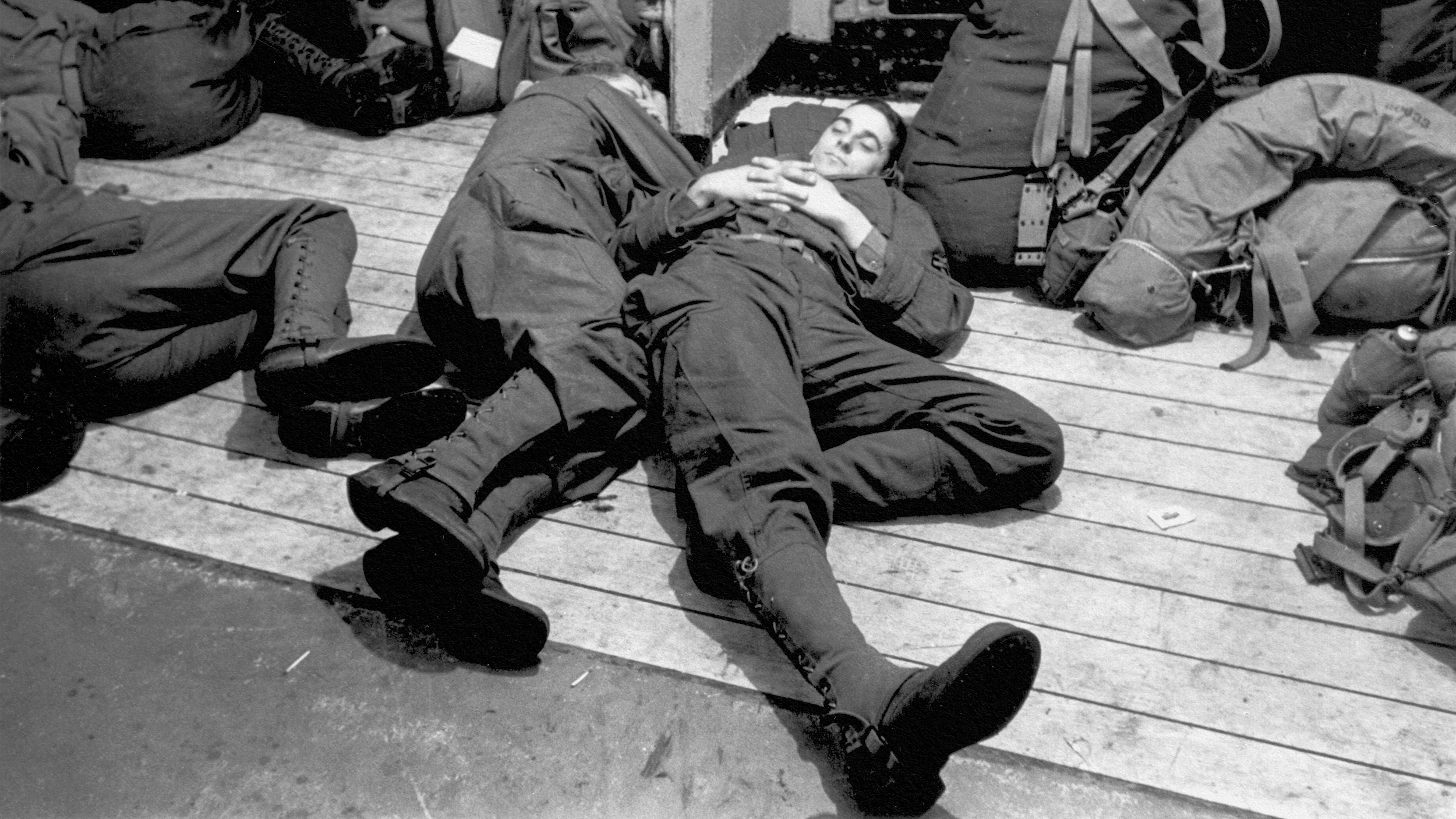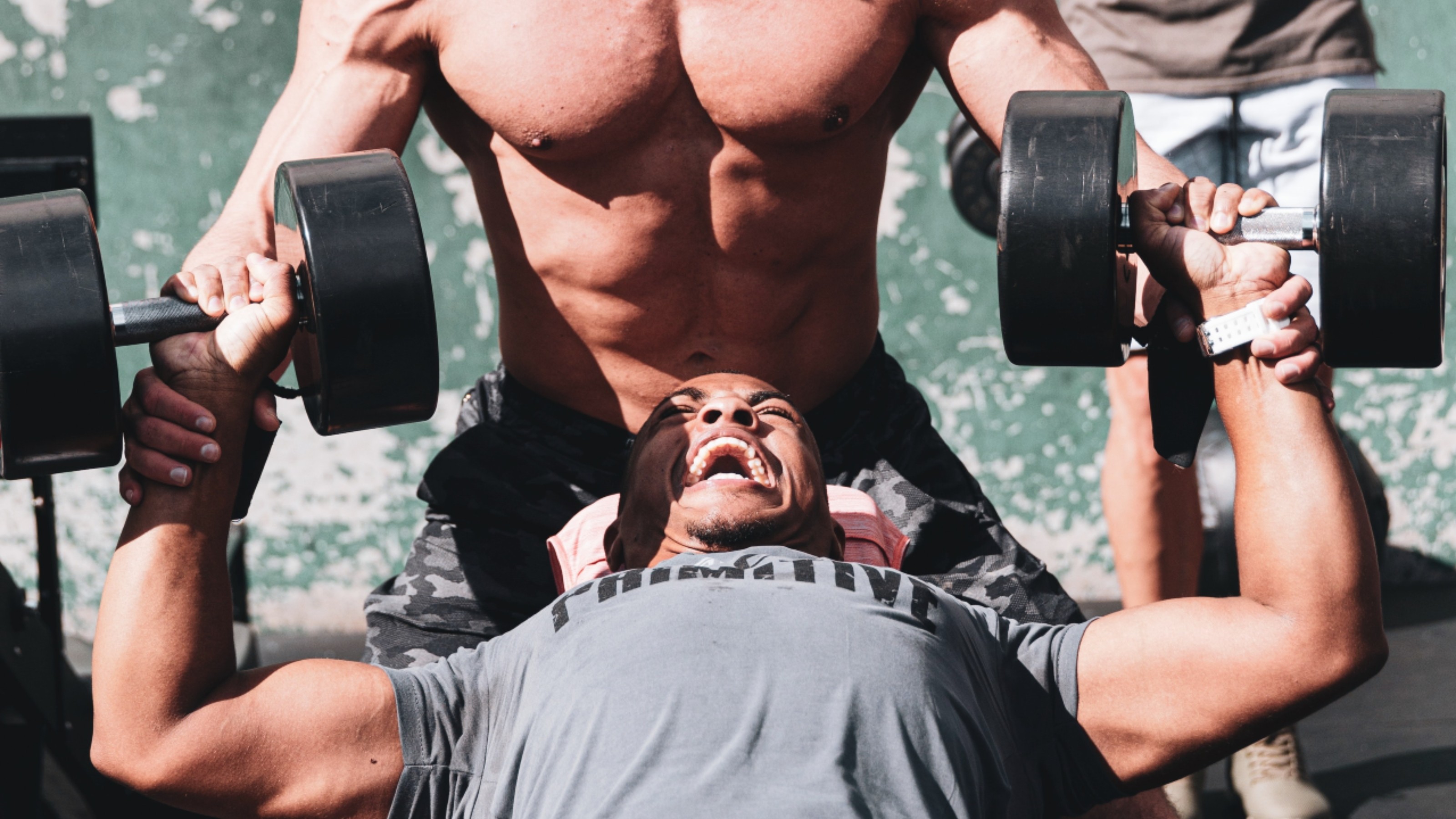10 exercises under 10 minutes that make a health difference

Photo: Shutterstock / Big Think
- A recent study from the Department of Health and Human Services found that 80 percent of Americans don’t exercise enough.
- Small breaks from work add up, causing experts to recommend short doses of movement rather than waiting to do longer workouts.
- Rethinking what exercise is can help you frame how you move throughout your day.
Yesterday I published this article detailing the fact that 80 percent of American adults and children do not get enough exercise, as prescribed by governmental guidelines. Exercise doesn’t require heading to a gym, however. As mentioned, simple activities, such as walking up the stairs (instead of taking the elevator), parking farther away from your destination, and gardening all contribute to a well-rounded movement diet.
Interestingly, the same agency that published that report in JAMA, the Department of Health and Human Services, isn’t only interested in getting you on the treadmill for an hour. They recommend breaking up every half-hour of sitting with two minutes of movement as a basic starter program, provided that shorter bouts are performed with the same intensity that would be required during longer sessions.
Brett P. Giroir, assistant secretary for health at the agency, puts it bluntly: Sit less, move more.
Whatever you do, it really all counts.
Having split my time between teaching fitness and working in media (which means sitting at a desk for hours at a time) for 15 years, I’ve long contemplated the various ways we can accrue enough exercise. While I’m personally a fan of longer stretches of exercise (I’d rather get an hour straight in than twelve 5-minute sessions) we all have different schedules. Below are ten different exercise ideas, half being “exercise” in the gym sense and the others being daily activities that require exertion, to help fill in holes in your schedule.
Tabata
In 1996, Professor Izumi Tabata created a four-minute workout protocol that requires twenty seconds of high intensity work followed by ten seconds of rest, repeated eight times. The workout has become wildly popular, for good reason. The video above features a number of Tabatas featuring a friend and colleague of mine, Raneir Pollard; I take his class every Tuesday, and yes, he is that energetic. You can break this video into smaller chunks, as needed.
The 7-minute workout
Think you need expensive equipment to stay in shape? That’s marketing, not reality. This seven-minute workout requires a chair, a wall, and your body. You alternate between lower intensity strength exercises and cardiovascular training. One note: skip the crunches and add a forearm plank. We spend enough time in posterior flexion as it is; you need to train your body better.
6 moves for a better butt
Beyond the flashy title, this six-move workout, led by another colleague and friend, Kupah James, is a wonderful antidote to sitting all day. You can do the entire routine bodyweight if you don’t have access to the equipment recommended in the article.
Morning routine
This five-minute flow above from my good friend, Tara Stiles, offers you an invigorating start to your day. Check out any of the many free classes she offers online. Even five minutes of slow flow can change your day.
Quickie yoga session
I created this short tutorial on learning how to arm balance in yoga; hold down dog and transition into plank a few times to get warmed up. If you have the time, you can also take this free forty-minute flow I recorded during the launch of a signature program I created at Equinox, or try out any of the over 200 flows from five to eighty minutes I’ve filmed here.
Children as equipment
Katy Bowman thinks way outside the box when it comes to movement, which is why she’s one of my favorite thinkers on the subject. In this post she discusses two great loading options to “work out” with: pumpkins and children. Forget kettlebells, kids offered the ultimate load: constantly shifting, dynamic, and increasing in weight as they age, how you move them around can be a fun and challenging exercise option.
Squat away
How often do you bend over to pick something up from the ground or tie your laces? It’s unlikely you squat to do so, though that would be more beneficial. Humans are woefully missing two of the four basic movement patterns. We push often, yet rarely pull; we jump often (even in the form of running), yet rarely squat. Little is better for the joints of our lower chain than squatting. The video above teaches you the basics; for a more advanced routine, click here.
Walk, don’t run
You’ll often see health guidelines suggest walking. Yes, the most basic human activity is an important key in maintaining health. Get outside on a regular basis; park further away from your destination instead of circling close for the “best spot.” The best is what’s most advantageous, and in this situation, closer is not better.
Plog away
Cleaning up your neighborhood might not seem like the optimal fitness activity, but as the Swedes figured out, plogging is a way to stay socially and physically fit. Picking up trash around your streets, beaches, and hiking trails gives new meaning to the term “group fitness.”
Lie around
Yes, doing “nothing” might not seem like much, but given the growing evidence that technology is adding anxiety and depression to our lives, unplugging has never been so relevant as now. Sure, it might not get your heart rate up or tone your muscles, but that piece of mind of spending hours away from a device will serve up a neurochemical cocktail that will aid you in all of your workouts. There are also a ton of free yoga nidra videos available online to help you through this process; you just need to find someone’s voice that works for you.
—
Stay in touch with Derek on Twitter and Facebook.





